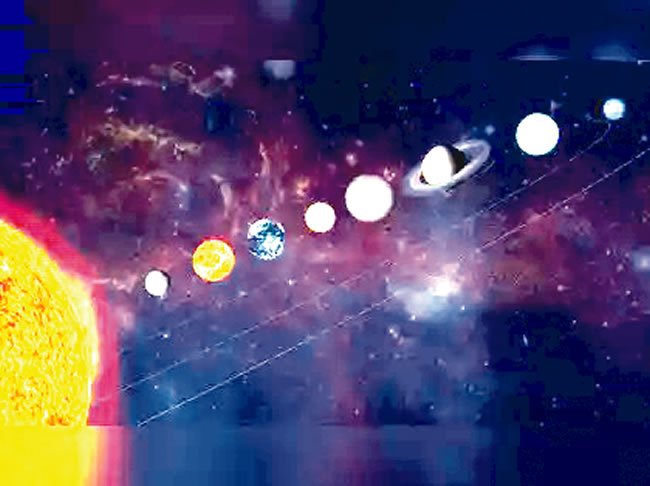ON January 25, 2025, a rare planetary alignment will be visible in the night sky. Six planets—Venus, Mars, Jupiter, Saturn, Uranus, and Neptune—will appear to align together, forming a line across the sky. However, it’s essential to note that this alignment is an optical illusion, as each planet follows a widely varying elliptical path around the sun.
The notion that the planets in our solar system are aligning in a straight line is a fascinating concept that has captured the imagination of astronomers and space enthusiasts alike. However, it’s crucial to understand that this alignment is, in fact, an optical illusion.
To grasp this concept, let’s delve into the orbital mechanics of our solar system. Each planet, including the six involved in this alignment (Venus, Mars, Jupiter, Saturn, Uranus, and Neptune), follows an elliptical path around the Sun. This elliptical shape is a result of the planet’s velocity and the gravitational force exerted by the Sun.
The key aspect to consider is that each planet’s orbit is tilted at a unique angle relative to the Earth’s orbital plane. This tilt, combined with the elliptical shape of the orbits, means that the planets are not moving in a flat, two-dimensional plane. Instead, they are tracing complex, three-dimensional paths around the Sun.
When we observe the planets from Earth, we see them projected onto the celestial sphere, which is the apparent sphere of stars surrounding our planet. This projection creates an optical illusion, making it seem as though the planets are aligned in a straight line.
In reality, the planets are not aligned in a linear fashion. They are, in fact, scattered across the solar system, with vast distances between them. The alignment we observe is simply a result of our unique vantage point from Earth, combined with the planets’ positions in their respective orbits.
Similarly, the planetary alignment we observe is a result of our Earth-based perspective, rather than an actual linear alignment of the planets themselves. This distinction is essential to understanding the complexities of our solar system and the orbital mechanics that govern the motion of the planets.
To witness this spectacular event, you can follow these steps:
Best viewing time: The planetary alignment will be most visible about 30 to 60 minutes before sunrise.
Location: Find a high, dark vantage point with little to no light pollution and an unobscured view of the sky.
Visibility: Venus, Mars, Jupiter, and Saturn will be visible to the naked eye. However, you’ll need a telescope or high-powered binoculars to spot Uranus and Neptune.
Alignment: The planets will form a line across the sky, with Venus and Saturn appearing in the southwestern skies, Jupiter shining high overhead, and Mars visible in the eastern skies.
Keep in mind that the planets’ alignment is not a rare occurrence, but seeing six planets at once is a unique event. Enjoy this opportunity to marvel at the scale of our solar system!
READ ALSO: Reps to suspend plenary as standing committees embark on MDAs oversight









